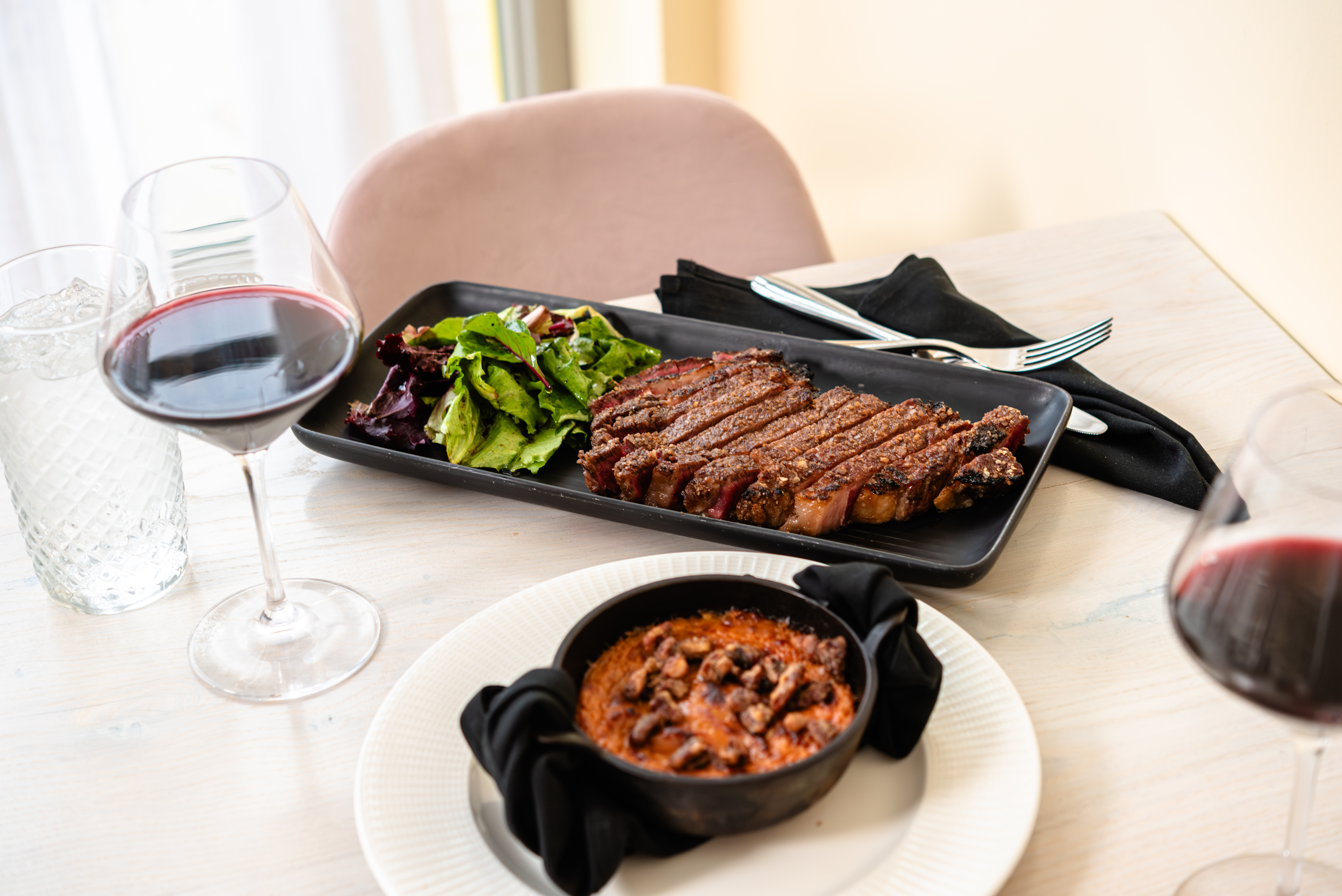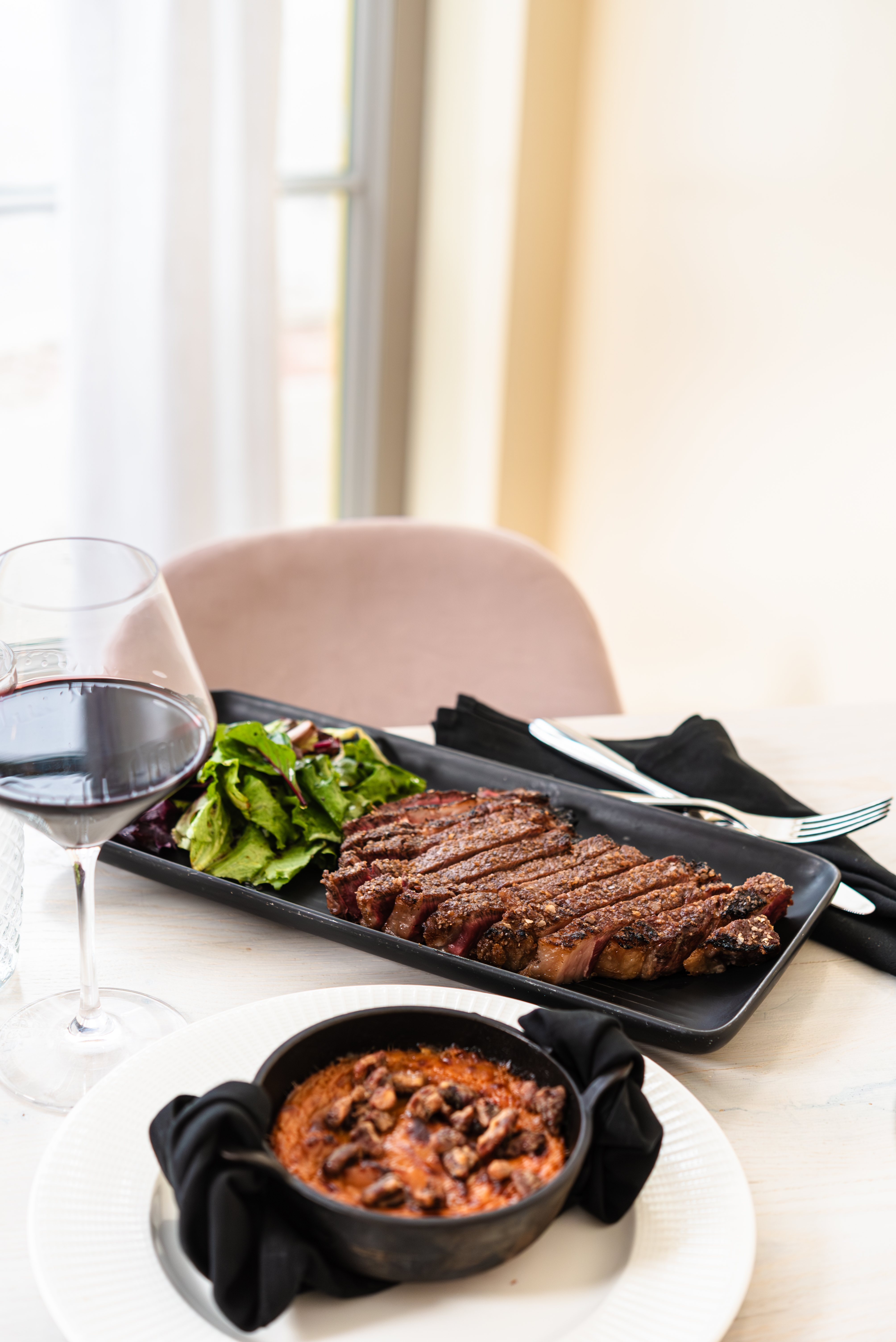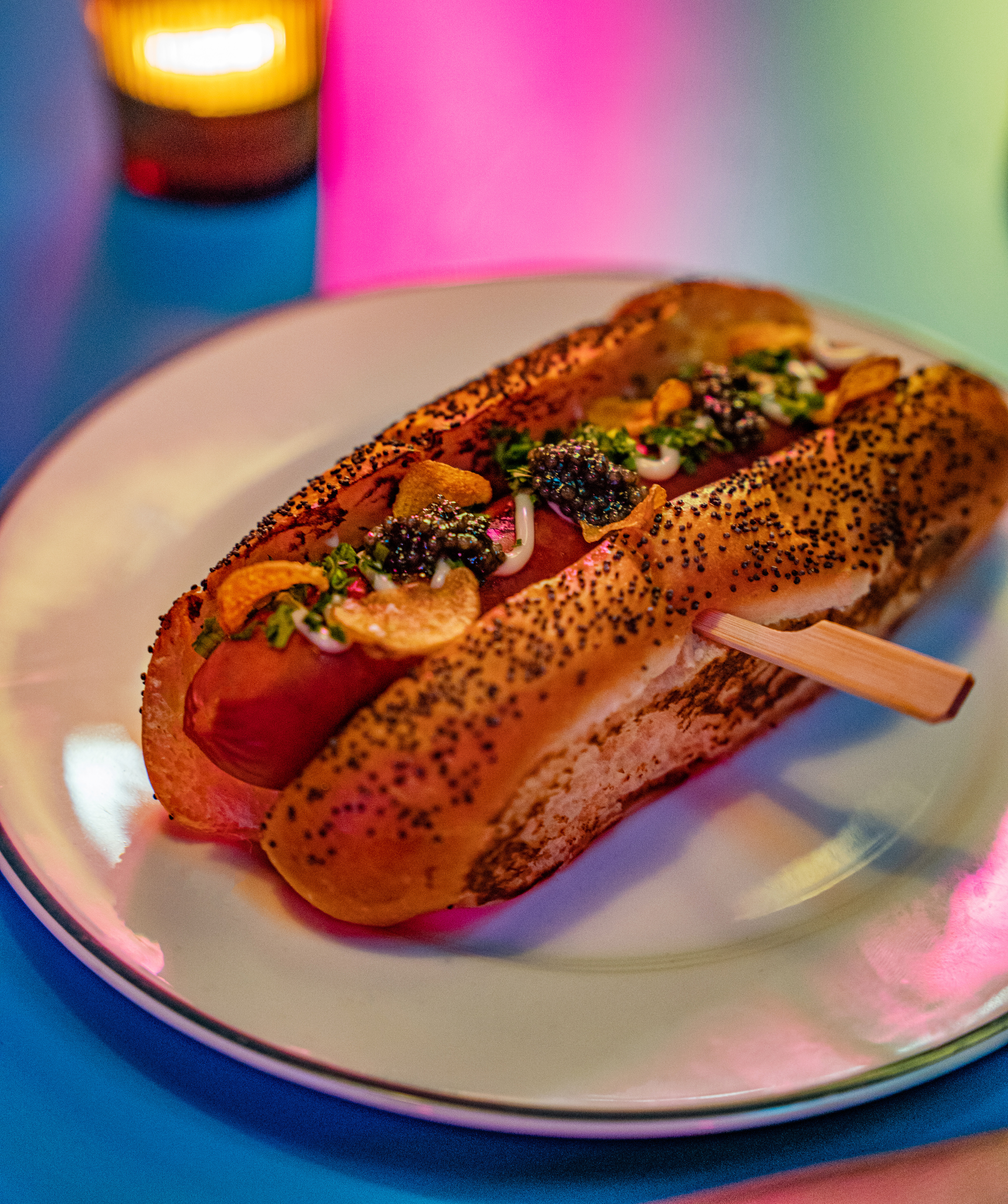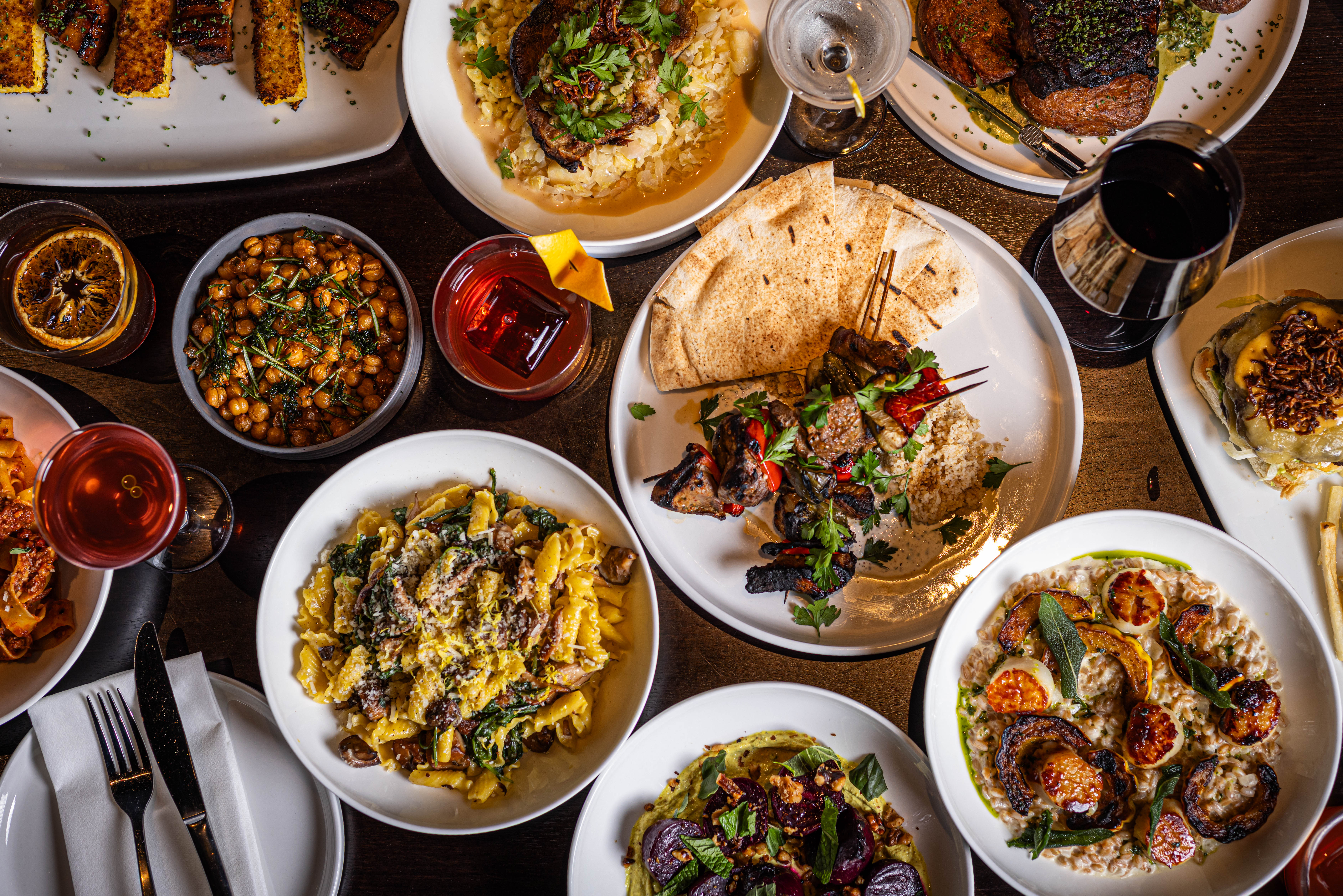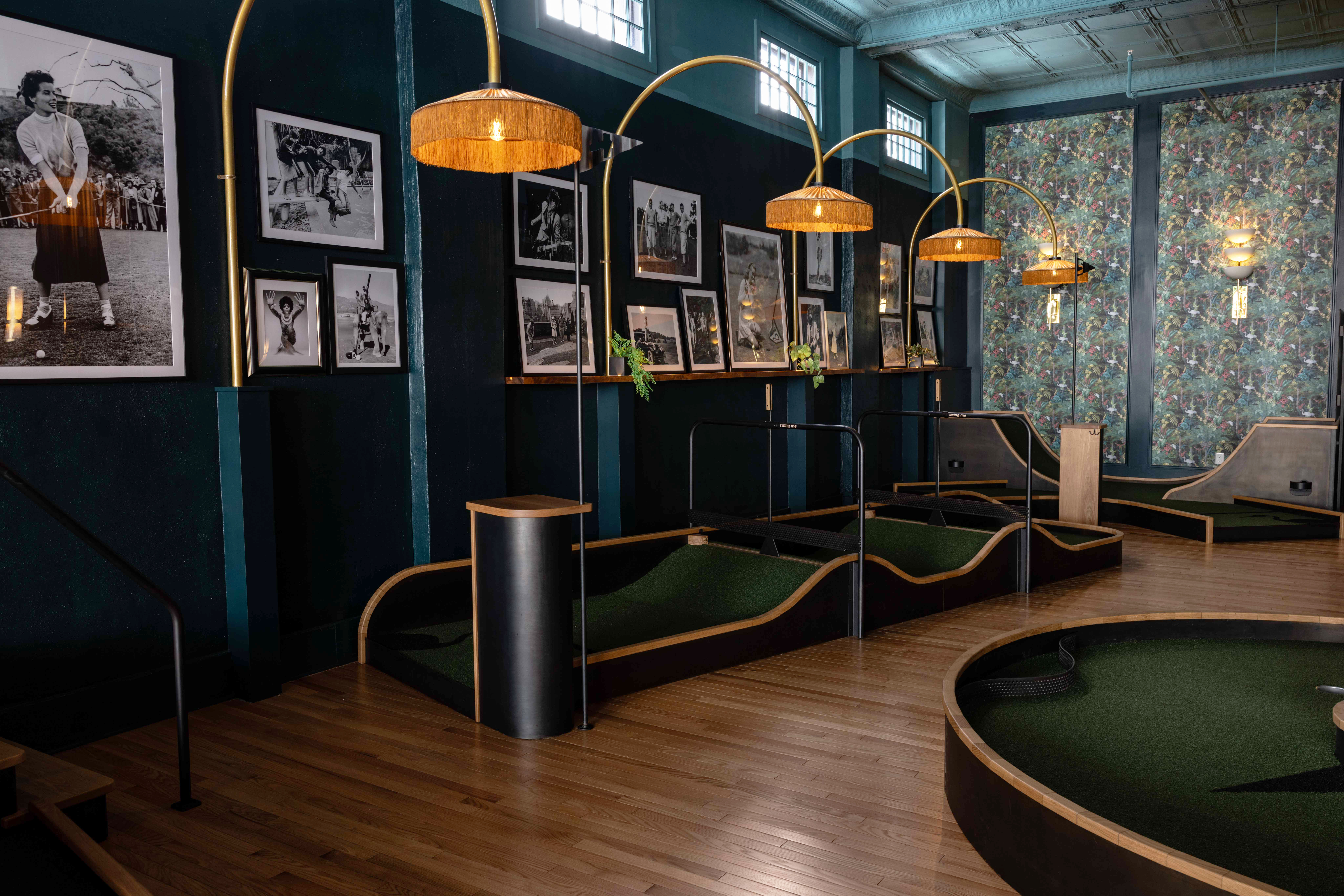Unique Chic Apertif
by Marianne Frantz | Jul. 27, 2005 | 4:00 AM
While America's cocktail culture enjoys colorful drinks served in well-garnished martini glasses, curious wine drinkers are searching for unusual predinner sippers. More often than not, this means something simple and low in alcohol that does not require special glassware or a degree in mixology. Classic European aperitifs made from age-old recipes offer just that. In fact, these ready-to-serve wines are refreshingly perfect for casual, sophisticated entertaining.
Technically, an aperitif is a light alcoholic drink designed to prepare the palate for dinner. By definition, these quaffers should be strong flavored and acidic to make your mouth water and get the gastric juices flowing. A suitable aperitif can be as straightforward as a glass of Champagne or even sparkling water with lemon. Some predinner wines familiar to Americans in the past have recently fallen out of fashion. Many, such as sherry, vermouth and Madeira, are making their way back on restaurant menus.
Fortified with grape spirit, these wines exhibit unique flavor profiles that are far more interesting than standard cocktails. Dry fino-styled sherries from Jerez, Spain, are delicate and get their funky flavor from a film-yeast called flor that lives in the barrels. Served chilled, its nutty aroma and crisp acidity whets the appetite for salty foods like nuts or ham.
Vermouth, labeled French if it's dry and Italian if it's sweet, is a fortified wine that has been aromatized with herbs and spices, giving it a bitter edge. Fine vermouths can be mixed in cocktails or sipped straight on the rocks. Madeira wine, made from the Portuguese island of the same name, is more port-like in style. Sweeter versions are made to accompany dessert, while drier Madeiras, labeled Sercial and Verdelho, are best consumed icy cold before dinner. Regardless of the style, classic European aperitif wines should be served with simple foods such as nuts, cheeses or perhaps a few olives.
Move over martini, the art of the aperitif has arrived and adventuresome wine drinkers are sampling these forgotten wines with unbridled enthusiasm. With so much culture and flavorful history in one glass, it's like taking a European vacation — sip by sip.
Marianne Frantz, CWE and founder of the Cleveland Wine School, is joined by master sommelier Matthew Citriglia in selecting wines for this month's Cellar Notes.
Canella Prosecco di Conegliano, Veneto, Italy ($14): Stylish and simple with low alcohol, lively bubbles and mouthwatering acidity balanced by a hint of sweetness; Matt's favorite sweet and tart aperitif.
Lillet Blanc, France ($16): Bitter orange balanced by sweetness. A popular aperitif in the Bordeaux region of France; serve chilled, on the rocks with a slice of orange or a splash of sparkling wine.
Campari, Milan, Italy ($24): Bright red, strong bitter vermouth-styled wine that contains quinine; best served on the rocks with soda to tame its fiery nature and reduce its higher alcohol.
Lustau "Jarana" Fino Sherry, Jerez, Spain ($13): Dry with fresh aromas of lemon curd, hazelnut, ripe golden apple and a typically acrid character from flor. Medium alcohol and crisp acidity with a bitter, salty finish.
Blandy's 5-Year Sercial, Madeira ($23): Bone dry with developed flavors of caramel and raisin supported by distinctly cooked bouquet and vanilla-fruit aromas. Searingly crisp acidity that requires food.
Duckhorn King Eider, Extra Dry Vermouth, California ($27): Made from premium triple-distilled brandy with a blend of herbs including chamomile flower, star anise, bitter orange rind, sweet cinnamon. This vermouth rocks.
Trending
-
1
-
2
-
3
-
4
-
5





